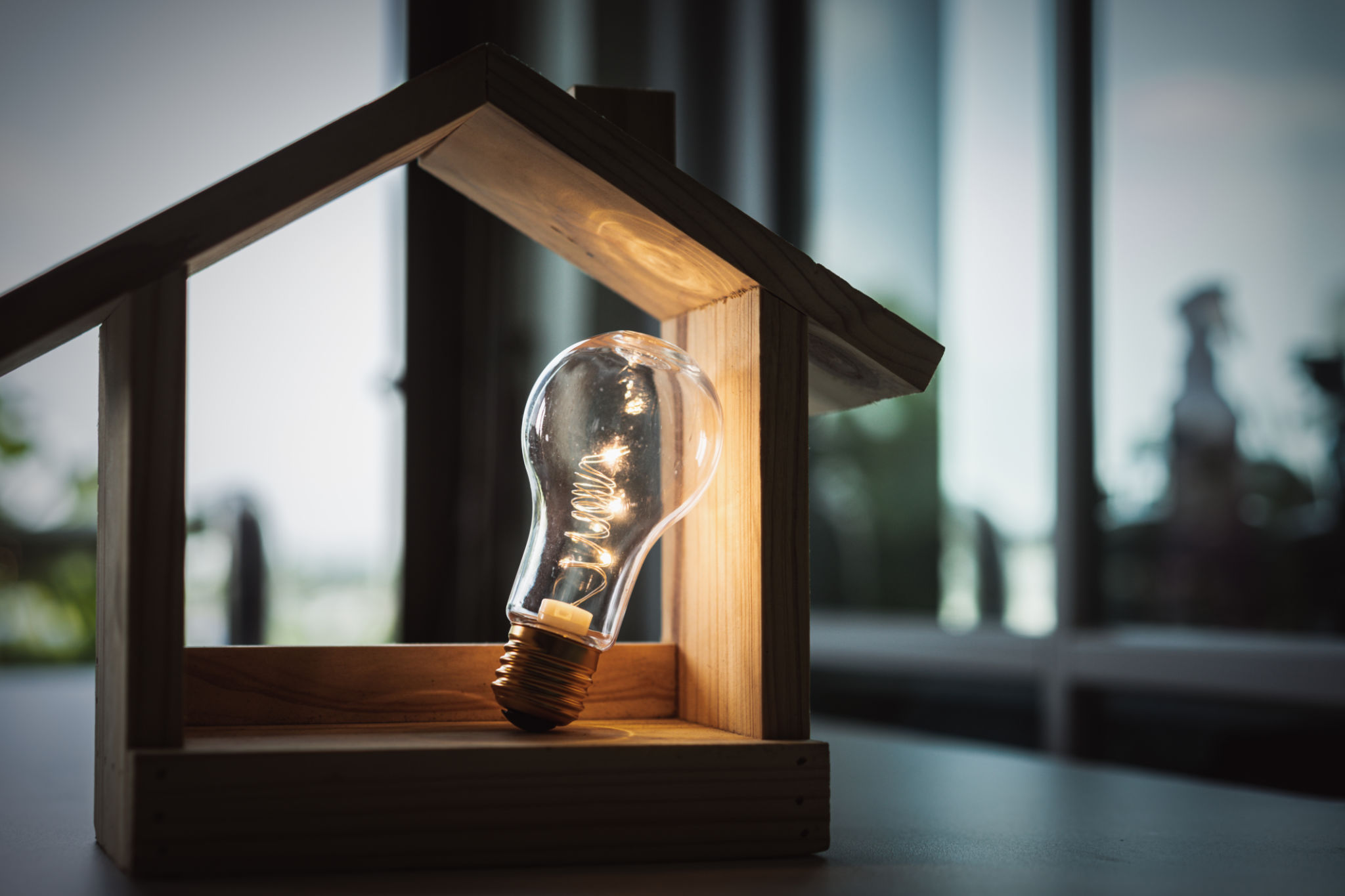10 Common Mistakes in Real Estate Photography and How to Avoid Them
Understanding Lighting Challenges
One of the most common mistakes in real estate photography is improper lighting. Whether it's too dark or overly bright, poor lighting can detract from the property's appeal. To avoid this, always shoot during the golden hours—early morning or late afternoon when natural light is optimal. If interior shots are necessary, use supplemental lighting like flash or softboxes to balance out shadows and highlights.

The Importance of Composition
Composition plays a crucial role in capturing the essence of a space. A common oversight is neglecting the rule of thirds, which can lead to unbalanced images. To improve composition, keep vertical lines straight and ensure that key features fall along the rule of thirds grid lines. Using a tripod can help maintain consistency and avoid blurring.
Avoiding Clutter and Distractions
Cluttered spaces can distract potential buyers from seeing the property's true potential. Before photographing a room, remove unnecessary items and personal belongings. This helps create a clean, inviting look that allows buyers to envision their own style in the space. Consider staging rooms with minimal but tasteful decor to enhance visual appeal.

Mastering Camera Settings
Another frequent mistake is relying on automatic camera settings. Manual adjustments offer greater control over exposure, focus, and depth of field, essential for high-quality real estate photos. Learn to tweak ISO, shutter speed, and aperture based on lighting conditions and desired effects. Practice makes perfect, so experiment with different settings to see what works best.
The Role of Post-Processing
Post-processing can elevate real estate photos from good to great, but it's easy to overdo it. Avoid excessive editing that could lead to unrealistic images. Focus on adjusting brightness, contrast, and sharpness subtly to enhance natural beauty. Use software like Adobe Lightroom or Photoshop for precise control over these elements.

Choosing the Right Equipment
Using inadequate equipment is a common pitfall in real estate photography. Invest in a quality camera with a wide-angle lens, essential for capturing spaciousness in rooms. While smartphones have advanced cameras, they often fall short in professional settings. A reliable tripod and external flash are also invaluable tools for achieving stable and well-lit shots.
Paying Attention to Details
Details make a significant difference in real estate photography. Overlooked details such as crooked frames, open toilet seats, or visible cords can detract from the overall image quality. Always take a moment to scan the room for small adjustments that can improve the visual impact.
The Impact of Perspective
Poor perspective can make rooms appear smaller or distorted. A common mistake is photographing from eye level; instead, try shooting from waist level to capture a more natural view of the room's proportions. Experiment with angles to find the most flattering perspective for each space.

Consistency Across Photos
Inconsistent photography styles can confuse potential buyers. Strive for a cohesive look by maintaining consistent lighting, editing techniques, and framing throughout all images in a listing. This professional touch enhances the property's presentation and keeps viewers engaged.
- Lighting: Utilize golden hours and supplemental lighting.
- Composition: Apply the rule of thirds and use tripods.
- Clutter: Remove distractions and stage minimally.
- Camera Settings: Master manual adjustments.
- Post-Processing: Enhance subtly without over-editing.
- Equipment: Invest in quality cameras and lenses.
- Details: Pay attention to small elements.
- Perspective: Find flattering angles at waist level.
- Consistency: Maintain a cohesive style across photos.
Avoiding these common mistakes in real estate photography not only improves the quality of your images but also enhances the property's marketability. By paying attention to lighting, composition, and details, you can create compelling visuals that attract potential buyers and highlight the property's best features.